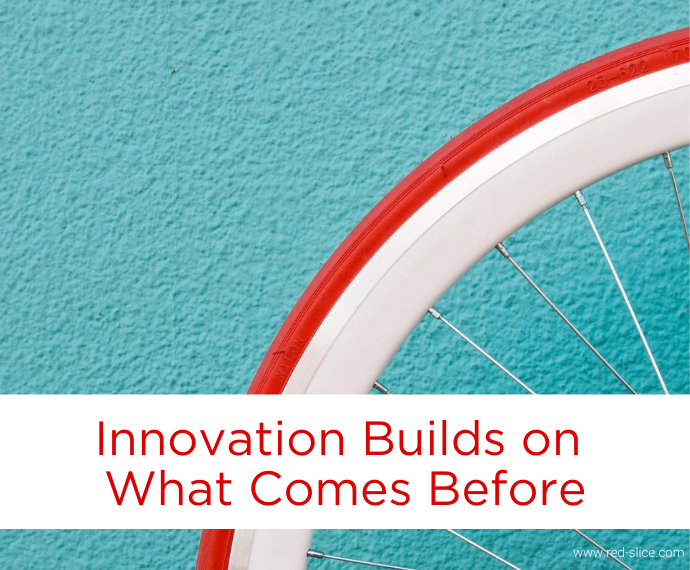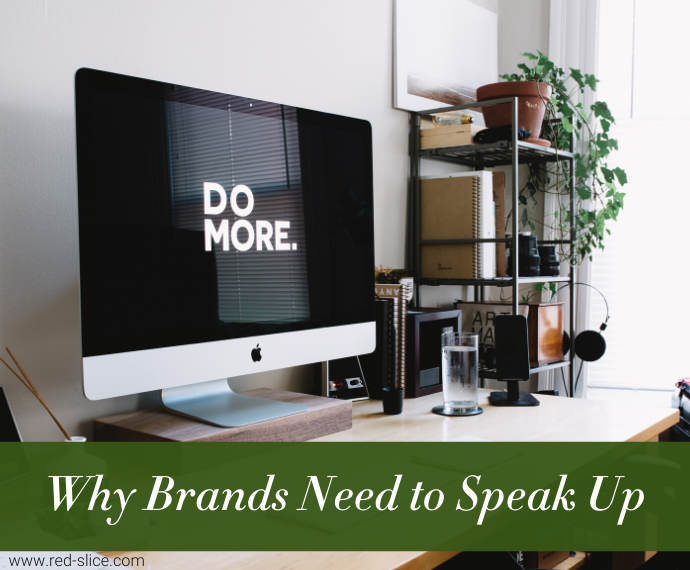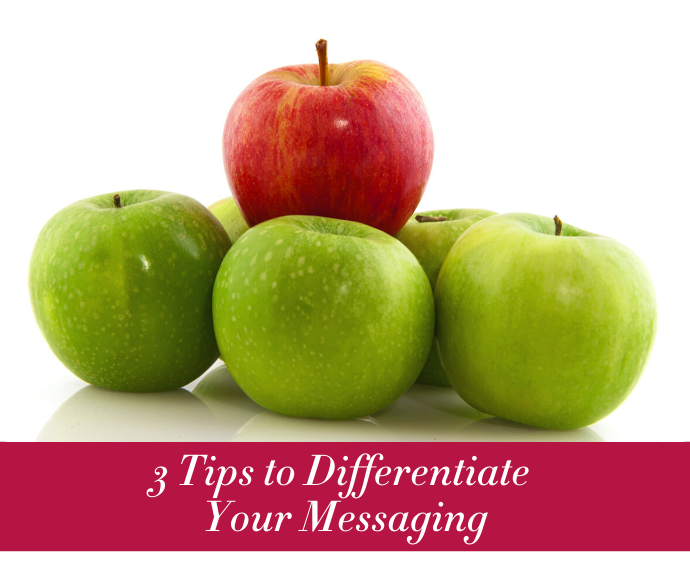
What can management consulting teach you about brand strategy work?
Everything.
My very first post-college job was as a change management consultant for a large consulting firm. My job was to equip people and teams at Fortune 1000 companies to adopt big changes, whether that was a new system implementation, workflow, or organizational structure.
All of these projects had one thing in common: They transformed the company and the jobs of the people in that company. On the human level, they transformed how people thought of their jobs, their skills…and how they saw themselves.
We dealt with the gamut of human emotion: Anger, fear, worry, excitement. Change brings that out in people. As diverse as humans are, they will all react differently to major change.
Nothing could have equipped me better for my work as a brand strategist.
Let’s be clear: A brand strategy and messaging project, whether to create a new brand or revamp an existing one, is a transformation project. (Tweet this!)
Clients come to me because they know they need a change of some kind. In sales and marketing message. In reputation. In customer base. In market position. And change, of course, excites some people, worries and confuses others, and angers a few more.
There are many brand strategists who come at this work purely from a marketing angle. “This is about your marketplace reputation and simply how you look and talk.” Yes, partly true. But it’s also about how you ACT as an organization.
For going on 13 years now, I have brought diverse groups of leaders (at all levels) together in a room to hold an all-day brand strategy workshop. Some are psyched the company is finally “doing something” about their brand and lack of clarity in message. Others just want to pop off about how marketing sucks. Still others don’t quite understand why they are in the room.
And then…magic.
I must admit, when I first started this work, I wasn’t sure how my process was going to fly. What if I couldn’t wrangle the voices or disagreement? What if no one completed the pre-work? What if no one spoke up? What if EVERYONE spoke up? What if at the end of the day, we still had no consensus, and everyone left not only dejected but pissed they’d wasted their time?
Turns out, there was nothing to fear and everything to gain.
Because I have found in my proven brand strategy process, that when you bring these diverse voices together (after prepping with some crucial pre-work) to hit them directly in the face with their strengths and red flags; when you force them to hear each other and respect the vantage point each one has of the company and its customers; when you allow “non-marketers’ to express what customers ask for and how they think the company solves problems; when you get the founder or CEO to vulnerably riff on the impact and legacy she or he hopes the company will have on the world (in a way many of them hear for the very first time), there is no other word to describe it but magic.
Why? How? It’s partly a forced exercise in empathy. Partly making people take a chunk of time away from daily firefighting to think ABOUT the business. And partly deft facilitation and dot-connecting. But not just on our part, but on how they step up to do the same. Often the ground-breaking phrase or big idea comes from a heated moment of debate, shouted out by one of my clients, not me. (Instigating and provoking, when used for good, are two of my superpowers.)
Together, these people transform perceptions and prejudices of each other. Yes, marketing cares about driving sales. Yes, engineering has an eloquent and inventive way to describe the product (and often, some pretty creative marketing campaign ideas). Yes, HR is actually a strategic business driver because they bring in and nurture the most important aspect that drives our growth: Our talent, our people, our brand ambassadors.
A brand strategy and story is not just a marketing exercise, but a company-wide transformation exercise. It attracts the right customers with clarity and conviction. It inspires them to want to join in. It inspires us as employees by giving us purpose. And in almost all cases, it ignites serious discussion on how operations, policies, hiring, even product design needs to change, if everyone wants to live up to that articulated new brand story.
One of the best compliments of my career was from the CEO of a tech company. He said our brand strategy work did not simply result in a new product name, message and look and feel for the company. It forced the leadership to have core strategic conversations. He relayed that the project helped them change the way they talk – internally and externally – and would help them achieve their ambitious corporate vision and goals. That’s transformation and it’s way more than a new logo.
Brand strategy, true brand strategy and story crafting, is not just about cute taglines, logos, or ads. It’s about transforming the way employees see their work, the company sees its purpose, and customers engage and clamor to be an important part in that story.









